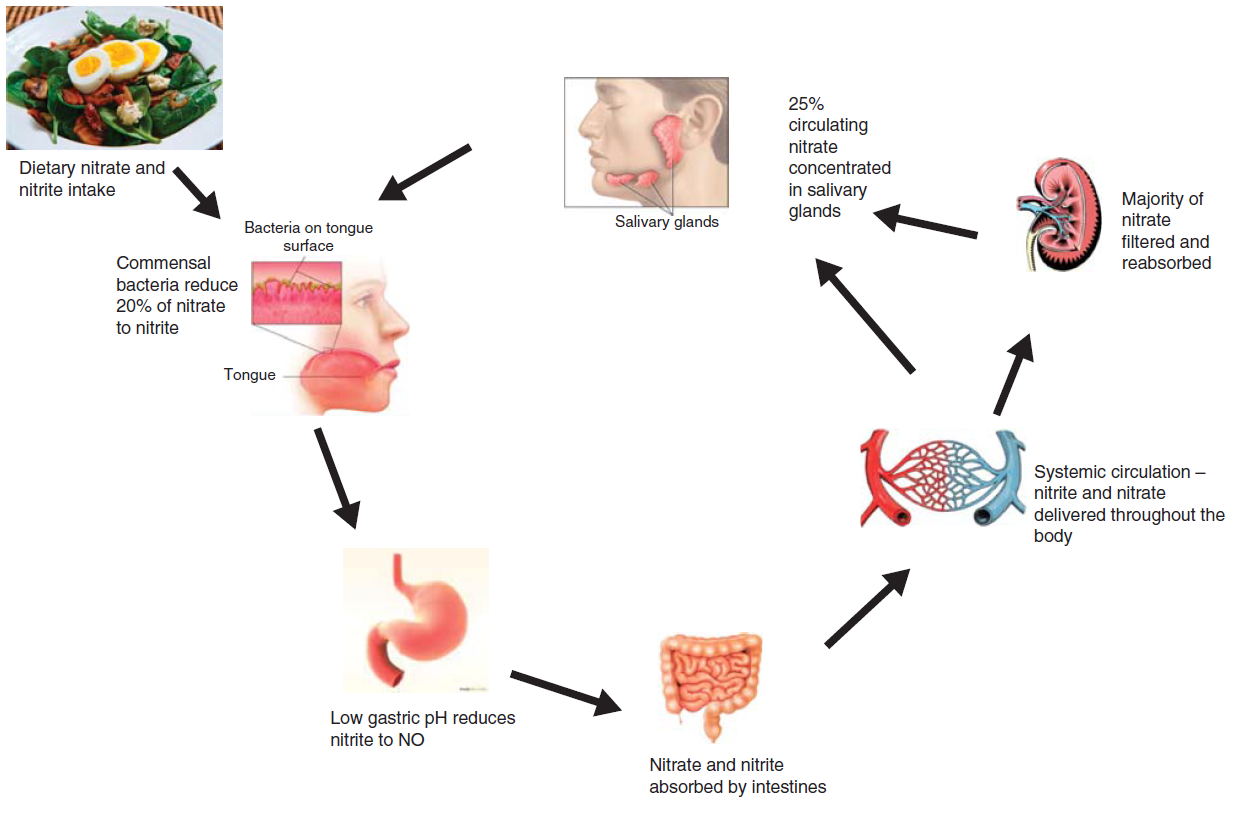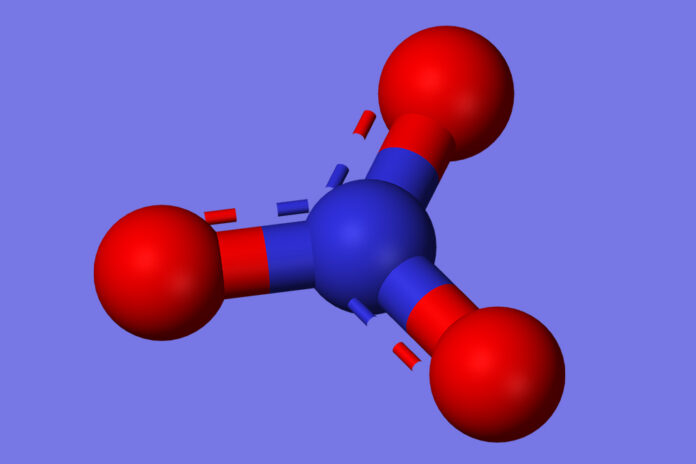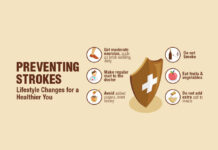Nitrates, a common chemical compound derived from nitrogen, are everywhere – from the soil that nurtures our crops to the water flowing through our taps. While they play a crucial role in the growth of plants, their presence in our diet and drinking water has raised significant health concerns. What exactly are nitrates, and why should you be cautious about them?
The Hidden Hazard in H₂O
Nitrate is predominantly found in agricultural areas where fertilizers and animal manure are used extensively. These substances are rich in nitrogen, which, although essential for crop growth, can leach into groundwater and contaminate our drinking supplies. The real trouble begins when nitrates are ingested and converted into nitrites inside our bodies.
Nitrites, the more reactive byproduct of nitrates, have a sinister side. They interfere with the oxygen-carrying capacity of blood, potentially leading to methemoglobinemia, or “blue baby syndrome,” a dangerous condition for infants that reduces the blood’s ability to deliver oxygen to vital tissues.

A Carcinogenic Concern
Perhaps more alarming is the ability of nitrites to form N-nitroso compounds when they meet organic substances in our stomachs. These compounds are not merely unwelcome guests; some of them are known carcinogens. Studies have suggested a link between high nitrate levels and increased risks of gastric and esophageal cancers, making this not just an environmental issue but a major public health concern.
Recognizing these risks, regulatory bodies like the U.S. and Canada have established guidelines to keep nitrate levels in check. The EPA’s maximum contaminant level for nitrates in drinking water is set at 10 milligrams per liter, a threshold intended to safeguard public health. But adherence to this limit is just part of the battle.
From Farm to Faucet
The journey of nitrates from farm fields to our faucets underscores the need for vigilant water quality monitoring. Rural communities, in particular, should be on high alert, as their water sources are often more susceptible to agricultural runoff, the primary pathway for nitrates to enter our groundwater and surface water systems.
Dietary Dos and Don’ts
Beyond water, our diets are another major source of nitrate exposure. Vegetables naturally contain nitrates, and though these are generally harmless in moderation, certain processed foods pose a greater risk. Processed meats, for example, often contain added nitrates as preservatives. While the occasional deli sandwich isn’t cause for concern, regular consumption of these foods can contribute to the cumulative health risks associated with nitrites.
What can you do to mitigate these risks? First, if you live in an area prone to high nitrate levels, consider having your water tested regularly. For households with problematic water sources, investing in an appropriate water treatment system, such as reverse osmosis, can significantly reduce nitrate levels. When it comes to diet, opt for fresh, organic produce when possible and limit intake of processed meats, especially if you are pregnant, elderly, or have young children.
The Way Forward
The nitrate dilemma is complex, interwoven with issues of environmental management, agricultural practices, and public health policies. As individuals, staying informed and proactive about our water quality and dietary choices can help minimize health risks. Collectively, supporting sustainable farming practices and advocating for stringent environmental protections will be key to resolving the broader challenges posed by nitrates.













